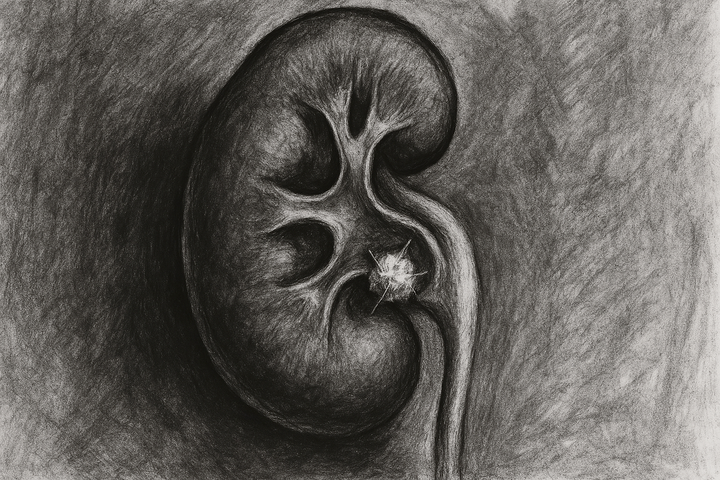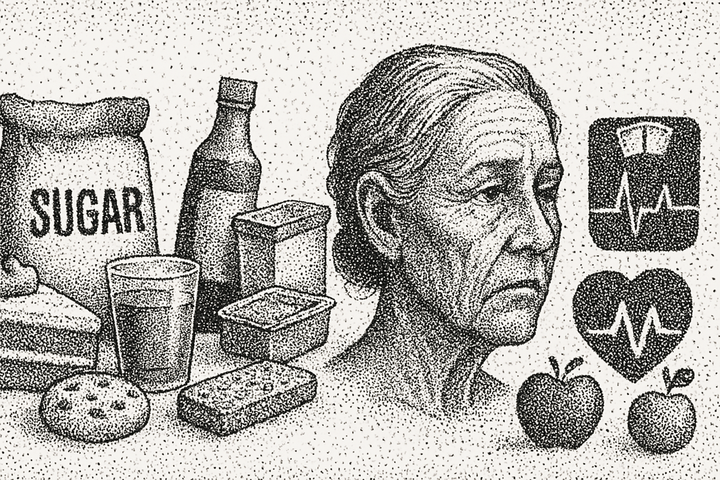Bloat No More: How to Deflate Your Diet

Understanding Bloating: Definition and Prevalence
Bloating is characterized by a feeling of fullness, tightness, or swelling in the abdomen, often with gas, discomfort, or visible distension. According to a 2023 study in Clinical Gastroenterology and Hepatology, nearly one in seven Americans report experiencing bloating weekly, highlighting its prevalence (How to get rid of bloating: Tips for relief). It can result from gas buildup, slowed digestion, or medical conditions like irritable bowel syndrome (IBS) or small intestinal bacterial overgrowth (SIBO), but diet is a primary factor.
Dietary Causes of Bloating
Dietary causes include:
- FODMAPs: These fermentable carbs (explained above) are found in foods like beans, lentils, wheat, dairy, apples, garlic, and onions. When poorly absorbed, they ferment, producing gas. A 2015 study found reducing fiber helped relieve bloating in some cases, underscoring FODMAPs’ role (How to avoid bloating after eating: 10 ways).
- Carbonated Drinks: These introduce carbon dioxide, increasing stomach pressure and leading to bloating (13 Foods That Cause Bloating (and What to Eat Instead)).
- High-Fat Foods: Fats slow digestion, delaying stomach emptying and contributing to bloating (How to avoid bloating after eating: 10 ways).
- Food Intolerances: Lactose intolerance affects 65% of people, causing bloating from dairy, while gluten sensitivity can trigger issues with wheat (These 9 Foods Can Cause Bloating—Here's How).
- Eating Habits: Swallowing air while eating quickly or drinking through a straw can lead to gas buildup (How to get rid of bloating: Tips for relief).
The Standard American Diet (SAD) and Its Role in Bloating
The SAD is characterized by high consumption of processed foods, refined carbohydrates, and added sugars, with low fiber intake. This dietary pattern contributes to bloating in several ways:
- Low Fiber Intake: The SAD often lacks sufficient fiber, leading to slower gut motility and constipation. Sudden fiber increases can cause bloating if not gradual, as per Mayo Clinic guidelines (6 things you can do to prevent bloating | UCLA Health).
- High FODMAPs: FODMAPs (Fermentable Oligosaccharides, Disaccharides, Monosaccharides, and Polyols) are poorly absorbed carbs and sugar alcohols that ferment in the gut, producing gas. SAD staples like wheat-based breads, pastas, dairy, and vegetables like onions are high in FODMAPs, exacerbating bloating, especially in IBS patients. A study in Frontiers in Plant Science links anti-nutritional factors in wheat to digestive issues (Genetic manipulation of anti-nutritional factors in major crops for a sustainable diet in future).
- Processed Foods: These contain additives and artificial sweeteners (e.g., polyols like sorbitol), fermenting in the large intestine and causing gas (Overview of Health and Diet in America - NCBI Bookshelf).
- Refined Carbohydrates: Stripped of fiber, refined carbs like white bread slow digestion and may contain gluten, problematic for sensitive individuals (The Effects of an American Diet on Health - Inquiro).
Transitioning to Whole Foods: A Strategy to Reduce Bloating
Whole foods can improve digestion and reduce bloating. Key benefits include:
- Higher Fiber Content: Fiber promotes gut motility, reducing constipation-related bloating, but must be increased gradually (20 Foods and Drinks That Help with Bloating).
- Low-FODMAP Options: Low-FODMAP whole foods like berries, quinoa, or buckwheat minimize gas production (Mayo Clinic Q and A: Food to reduce bloating).
- Natural Digestibility: Whole foods lack additives, reducing digestive disruption (These 9 Foods Can Cause Bloating—Here's How).
- Improved Gut Health: Prebiotics in whole foods (e.g., bananas) support gut bacteria, though low-FODMAP options are best for sensitive individuals (15 foods and drinks that help with bloating).
- Hydration Support: High-water-content foods like cucumbers aid digestion (Bloated Stomach: Causes, Tips to Reduce).
A table of bloating-causing foods and whole food alternatives:
While the foods listed above can sometimes cause bloating due to their fiber, FODMAP, or lactose content, they are also packed with nutrients that make them valuable parts of a healthy diet. For example:
Onions and garlic have antioxidant and prebiotic benefits, and cooking or using them sparingly can help minimize bloating.
Apples, rich in fiber and vitamins, may be easier on the stomach when cooked or eaten in smaller amounts.
Dairy provides calcium and protein, with lactose-free options available to avoid discomfort.
Wheat offers essential nutrients like B vitamins, and those sensitive to gluten can opt for alternatives or consume it in moderation.
Beans and lentils are excellent sources of protein and fiber, and their bloating effects can often be reduced by soaking or sprouting them.
In summary, these foods don’t need to be avoided entirely. With moderation or simple preparation techniques, they can be enjoyed as part of a balanced, healthy diet without causing bloating.
Practical Strategies for Managing Bloating
- Eat slowly to reduce swallowed air (How to get rid of bloating).
- Stay hydrated to support digestion (15 foods and drinks that help).
- Avoid carbonated drinks; try peppermint tea instead (Harvard gut doctor).
- Track trigger foods with a diary (How to avoid bloating).
- Consider a low-FODMAP diet with professional guidance (13 Foods That Cause Bloating).
Conclusion and Recommendations
The SAD, with its low fiber and high FODMAP content, significantly contributes to bloating. Transitioning to whole foods, especially low-FODMAP options, can reduce symptoms if done gradually. For persistent bloating, consult a professional to tailor dietary changes. This approach supports digestive health as of April 2025.
Key Citations
- Genetic manipulation of anti-nutritional factors in major crops
- Mayo Clinic Q and A: Food to reduce bloating
- How to get rid of bloating
- 13 Foods That Cause Bloating
- These 9 Foods Can Cause Bloating
- How to avoid bloating after eating
- 6 things you can do to prevent bloating
- 20 Foods and Drinks That Help
- 15 foods and drinks that help
- Bloated Stomach
- Harvard gut doctor
- Overview of Health and Diet in America
- The Effects of an American Diet on Health




Comments ()